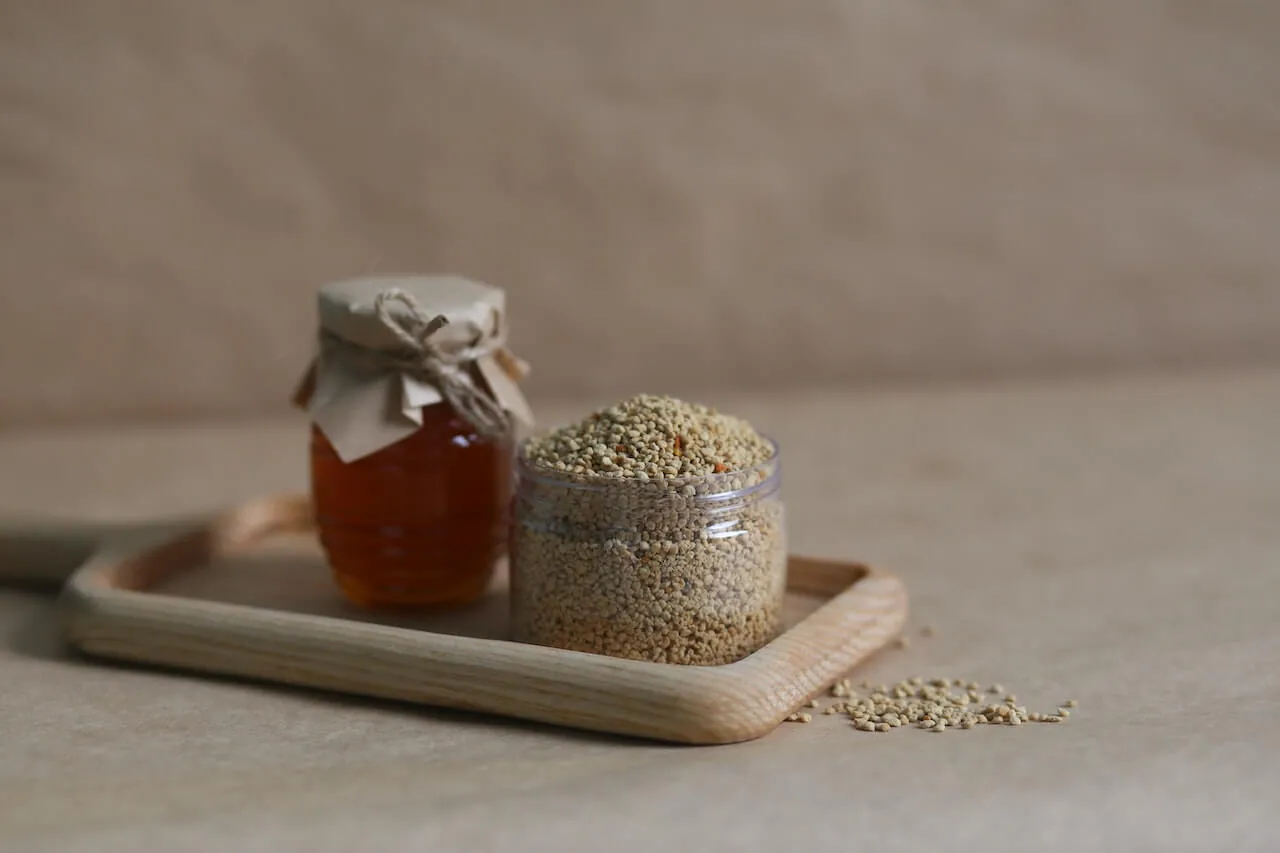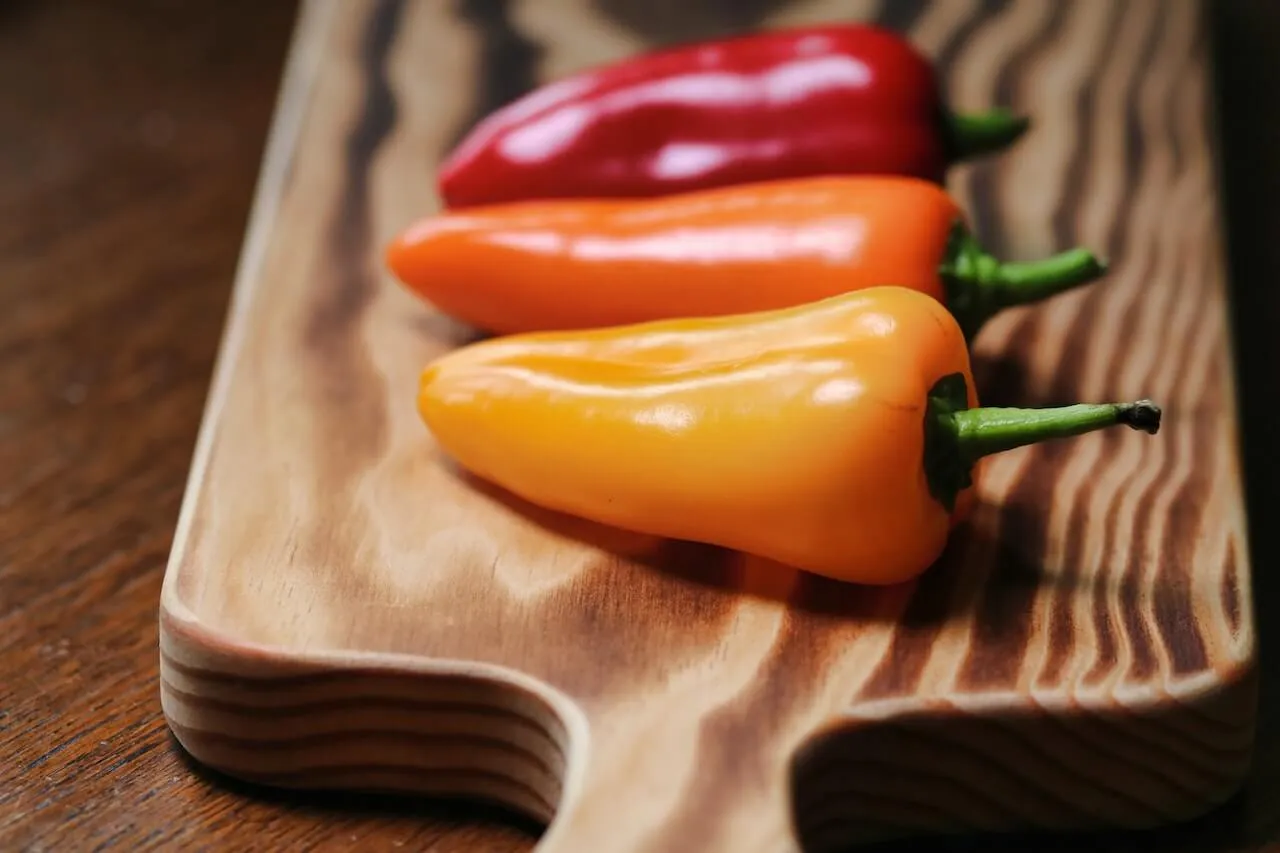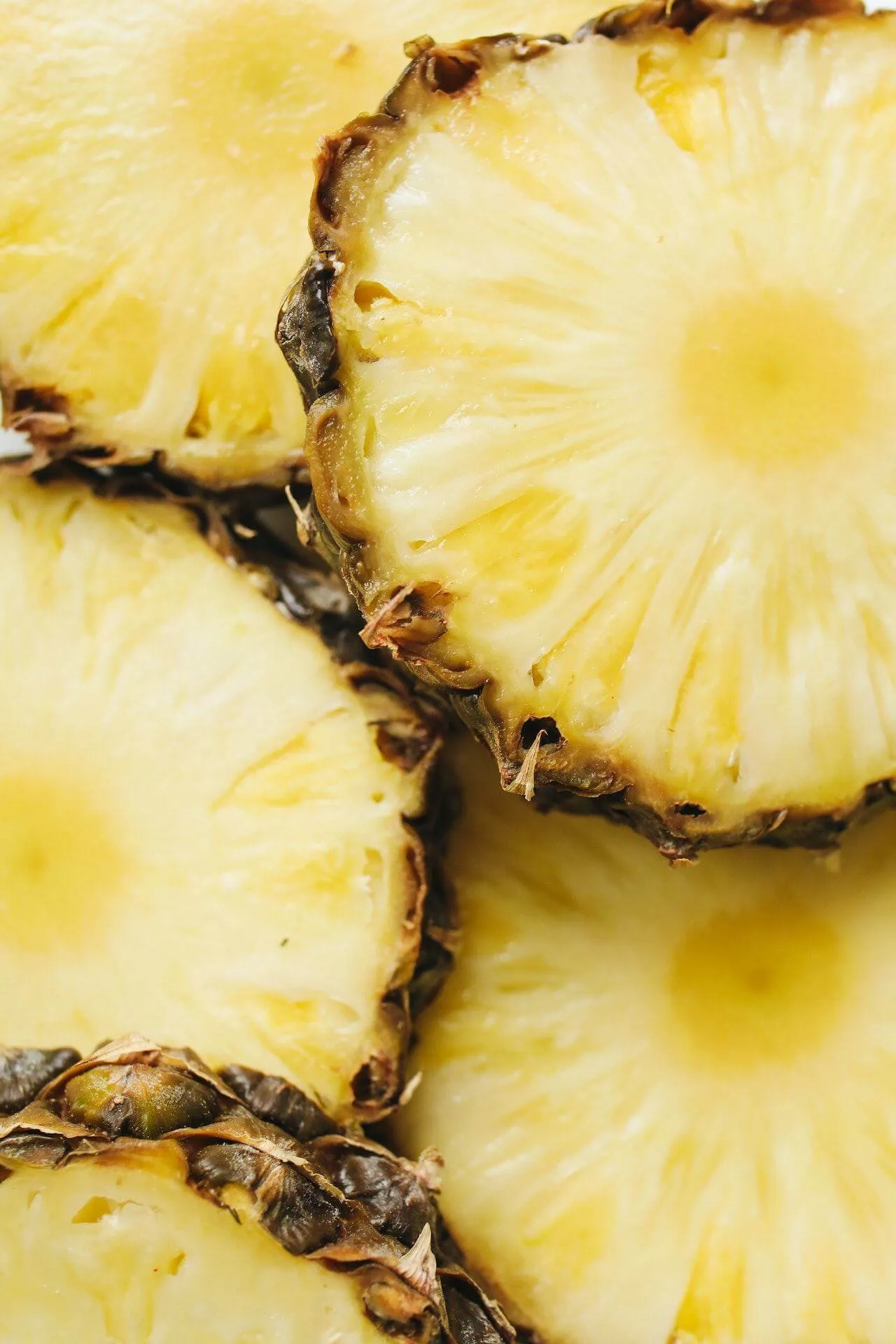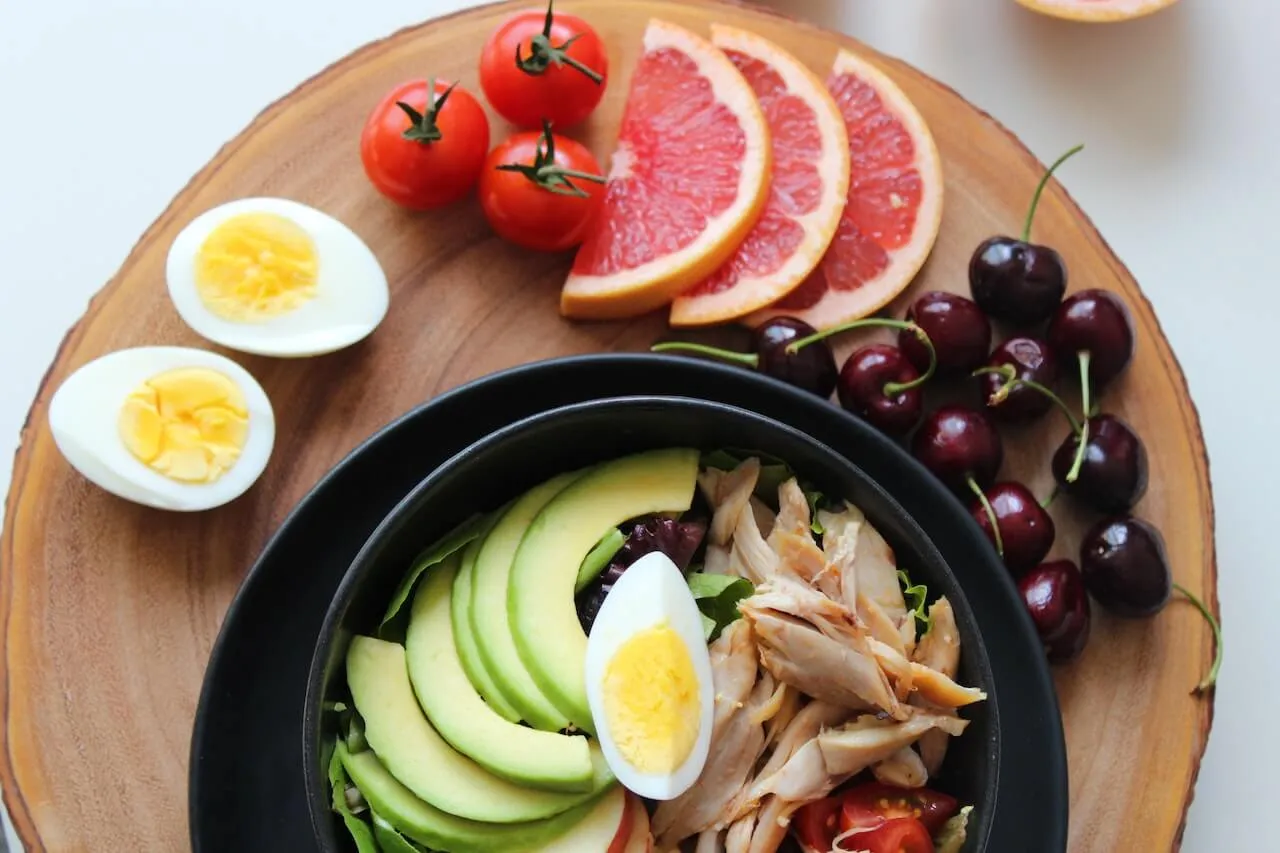Quinoa is a gluten-free, high-protein grain that's been around for thousands of years but only recently became popular. It's from South America, cultivated by Inca and Aztecs, who called it “chisiya mama.” You may have heard of quinoa protein, but did you know it also has a low glycemic index? Read everything you need to know about quinoa and its glycemic index.
What Is Quinoa?
Quinoa is a gluten-free grain that is versatile and high in protein, fiber, and vitamins. You can use it as an alternative to rice, pasta, or even breakfast cereal. Quinoa comes in various colors, including white, red, black, and brown, and can be a healthy alternative for people living with a gluten intolerance or type II diabetes.
What is Glycemic Index (GI)?
The glycemic index (GI) measures how quickly food affects blood sugar levels. It's calculated by comparing how much certain carbohydrates raise your blood glucose level to that of pure glucose, which has a GI of 100. The more slowly you digest and absorb nutrients from your diet, the lower its GIs will be.
Foods with high GIs are broken down quickly by enzymes in the digestive tract and cause fluctuations in blood sugar levels; foods with low GIs take longer for digestion and absorption, leading to more stable energy levels throughout the day. Those living with type II diabetes should try to avoid high-glycemic foods.
Click here for a list of five low-glycemic dinner recipes to help you meal plan for busy weeknights!
{{mid-cta}}
How High is Quinoa's Glycemic Index?
The GI (glycemic index) of quinoa is 53, which means it's a low-GI food. By comparison, the GI of white rice is roughly 73, while brown rice has a GI of 68. Potatoes have a high GI because they contain starch; their average value is 78 grams per 100 grams (g/100g).
Pasta averages between 43-61 g/100g, and whole grain bread are usually 74 g/100g or higher. So, if you're looking for something to eat with your quinoa dish that won't spike your blood sugar levels too much, stick with fresh fruit slices!
Quinoa Nutrition Facts and Benefits
Quinoa is a nutritious and gluten-free source of fiber content and protein. It's also high in magnesium, iron, manganese, and phosphorus and contains healthy amounts of vitamin B6, E (alpha-tocopherol), zinc, and potassium. The USDA reports that one cup of cooked quinoa contains:
- Calories: 222
- Carbohydrates: 39g
- Fiber: 5.2g

Is Quinoa Good for Weight Loss?
Yes! Quinoa is low in calories and high in fiber. It's a complex carbohydrate that takes longer to digest than simple carbs. You'll feel fuller for longer and won't want to snack between meals.
Quinoa contains all nine essential amino acids, making it an excellent source of protein for vegetarians who do not consume meat products every day. In addition to being high in protein, quinoa also contains iron, magnesium, and potassium: minerals essential for body energy production.2
Is Quinoa Keto?
Quinoa is a grain that's often considered to be a low-carb, high-protein food. But it's not keto or even low-carb. Quinoa has a glycemic load of 12 and an average GI of 53, which means it won't help you shed pounds or improve your insulin sensitivity if you're trying to lose weight by eating fewer carbohydrates.
It contains some protein (about 4 grams per cup), but not enough for it to be considered sufficient as an alternative source of complete protein on its own without other sources in your diet like meat or dairy products
Benefits and Downsides of Eating Quinoa
Benefits:
- Quinoa is a gluten-free grain that is high in protein, fiber, and antioxidants.2
- It has a low glycemic index (GI), and will not cause blood sugar levels to spike like some other grains.
- Quinoa can help keep you feeling fuller longer by slowing down digestion and keeping your blood sugar stable throughout the day.
- Contains omega-3 fatty acids, which help to lower cholesterol and improve cardiovascular health.
- Aids weight loss.
- Easy to make in bulk for meal planning.
- High overall nutritional value.
Downsides:
- High in calories.
- May cause digestive discomfort for some people.
- Can be expensive compared to other grains.
- High in saponins, which can cause an unpleasant taste or digestive issues.
- May contain traces of heavy metals, depending on where it's grown.
- Not a complete protein source on its own, so it may need to be paired with other protein sources for a balanced diet.
- Can be difficult to cook properly, resulting in a mushy texture.
- Contains oxalates, which contribute to kidney stone formation. If you struggle with kidney stones, you must avoid quinoa.
- High in magnesium, which can help prevent osteoporosis by strengthening bones.
One downside that is worth explaining is that quinoa does contain phytates. Phytates, or phytic acids, are naturally occurring compounds in many plant foods, including grains, nuts, and legumes. These compounds serve as storage forms of phosphorus for the plant, but they can also bind to minerals in the digestive tract and reduce their absorption. This means that if you consume a diet high in phytates, you may get only some of the minerals you need, such as zinc, iron, and calcium.
However, it's important to note that phytates are not necessarily harmful. Some research suggests that they may have health benefits, such as reducing the risk of certain types of cancer and improving bone health. Soaking, sprouting, and fermenting grains and legumes can reduce the phytate content and increase mineral absorption.
So, while quinoa does contain phytates, it is still a nutritious and healthy food to include in your diet. Just be sure to balance your intake of phytate-rich foods with other sources of minerals, and consider soaking or sprouting your quinoa before cooking it to reduce the phytate content.1
Summary
In conclusion, quinoa is a highly nutritious and versatile superfood that has recently gained popularity. Its numerous health benefits, including its high protein content and low glycemic index, make it an excellent addition to a healthy and balanced diet. Quinoa can be used in various dishes, from salads to soups to breakfast bowls, making it a great choice for those looking to add more variety to their meals. Whether you're a vegetarian, vegan, or simply looking to incorporate more plant-based foods into your diet, quinoa is a delicious and nutritious option worth exploring.
Try These Fun Recipes!
Chicken Quinoa Soup
Chicken Quinoa Soup is a hearty and healthy soup perfect for a cold night. To make this delicious soup, you will need chicken breasts, quinoa, chicken broth, diced tomatoes, carrots, celery, onion, garlic, olive oil, salt, pepper, and fresh parsley.
First, heat the olive oil in a large pot over medium heat. Next, add the onion, garlic, carrots, and celery, and sauté until the vegetables are tender. Then, add the chicken broth, diced tomatoes with their juice, and quinoa to the pot. Bring the mixture to a boil, then reduce the heat to low and let it simmer for 15-20 minutes or until the quinoa is cooked and tender.
While the soup is simmering, cook the chicken breasts in a separate pan until fully cooked. Once the chicken is cooked, shred it into small pieces and add it to the soup. Let the soup simmer for another 5-10 minutes until the chicken is heated through.
Finally, season the soup with salt and pepper to taste, and garnish with fresh parsley before serving. This Chicken Quinoa Soup is a delicious and healthy meal perfect for any night of the week!
Quinoa Stuffed Peppers
To make Quinoa Stuffed Peppers, start by preheating your oven to 375°F. Next, cut off the tops of four bell peppers, remove the seeds and membranes, and set them aside. In a saucepan, cook 1 cup of quinoa with 2 cups of water until the quinoa is tender and the water has been absorbed.
In a separate pan, sauté ½ chopped onion, 2 minced garlic cloves, 1 diced zucchini, and 1 diced carrot until the vegetables are tender. Mix the cooked quinoa with the sautéed vegetables and add 1 can of drained and rinsed black beans, 1 teaspoon of cumin, 1 teaspoon of chili powder, and salt and pepper to taste.
Stuff the mixture into the bell peppers and place them in a baking dish. Cover the dish with foil and bake for 30 minutes. Remove the foil and bake for 15 minutes or until the peppers are tender and the filling is heated through. Serve hot, and enjoy!

Mediterranean Quinoa Salad
Mediterranean Quinoa Salad is a delicious and healthy dish that is quick and easy to prepare. To make this salad, cook 1 cup of quinoa per the package instructions. While the quinoa is cooking, chop up 1 cup of cherry tomatoes, 1/2 cup of sliced kalamata olives, 1/2 cup of diced cucumber, and 1/4 cup of chopped fresh parsley.
Once the quinoa is done cooking, let it cool for a few minutes before mixing in the chopped vegetables and 1/4 cup of crumbled feta cheese. For the dressing, whisk together 1/4 cup of olive oil, 2 tablespoons of red wine vinegar, 1 minced garlic clove, and a pinch of salt and pepper.
Pour the dressing over the quinoa salad and mix well. Serve the Mediterranean Quinoa Salad at room temperature or chilled, and enjoy!
Spinach and Cheddar Quinoa Cakes
Looking to make a healthy and delicious meal? Try making Spinach and Cheddar Quinoa Cakes. Start by cooking the quinoa according to the package instructions.
In a separate pan, sauté chopped spinach until wilted. Combine cooked quinoa, spinach, shredded cheddar cheese, breadcrumbs, eggs, salt, and pepper in a mixing bowl. Form the mixture into patties and place them on a baking sheet.
Bake the quinoa cakes in the oven until golden and crispy. Serve warm with your favorite dipping sauce or on top of a bed of greens for a satisfying meal.
Using a CGM with Signos: Real-Time Data, Backed by AI
Signos pairs a real-time glucose biosensor with AI trained on tens of millions of data points to deliver personalized, science-backed guidance for weight management and health. See exactly how your body responds, and take action.
Learn how it works. Ready to get started? Join now.
Topics discussed in this article:
References
- Liu C, Ma R, Tian Y. An overview of the nutritional profile, processing technologies, and health benefits of quinoa with an emphasis on impacts of processing. Crit Rev Food Sci Nutr. 2022 Dec 13:1-18. doi: 10.1080/10408398.2022.2155796. Epub ahead of print. PMID: 36510748.
- Pathan S, Siddiqui RA. Nutritional Composition and Bioactive Components in Quinoa (Chenopodium quinoa Willd.) Greens: A Review. Nutrients. 2022 Jan 27;14(3):558. doi: 10.3390/nu14030558. PMID: 35276913; PMCID: PMC8840215.




.svg)










.svg)
.svg)
.svg)
.svg)
.svg)
.svg)
.svg)
